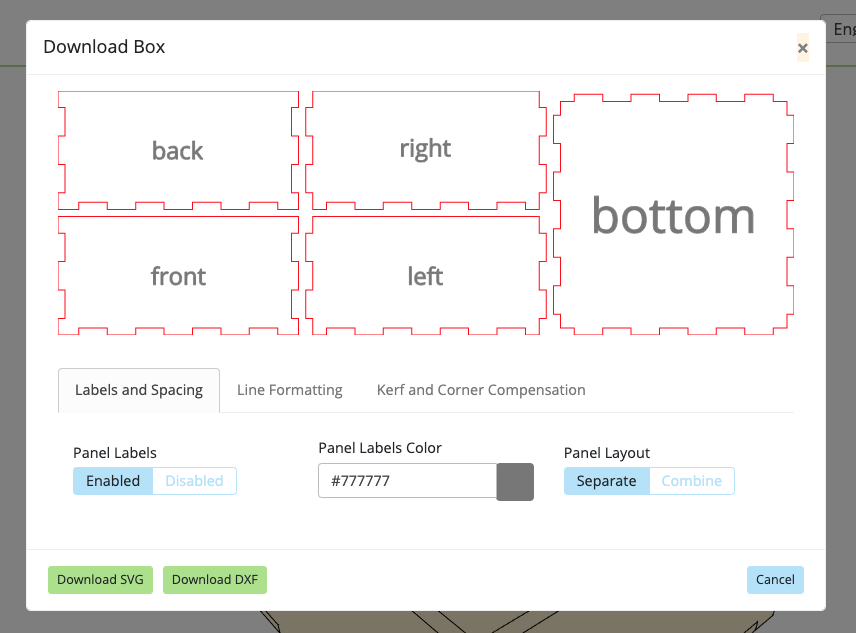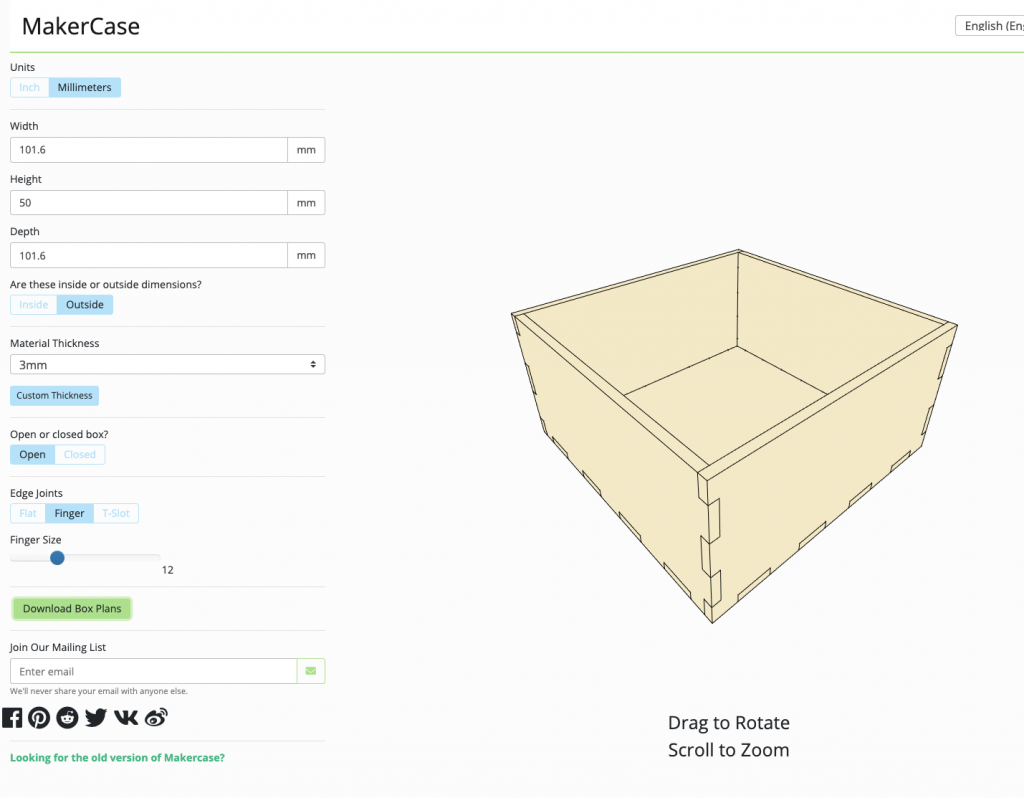it’s time to move on
This was always a wordpress site and I think for what I need, it’s time to close the doors and move onto something else.
What else? No idea. The internet is so full of crap these days.
I was lucky, I grew up in a time where the internet was new and the information was groundbreaking, and although it still can be, today it is so full of shit.
The last few weeks I’ve been looking at cross platform application development. Having been out of the Micro$oft paradigm for a long time I was stuck between an insanely difficult OS X world and an insanely more difficult linux world. I did miss some of the simplicity of MS, but not enough to go back.
I recently had to develop an application for a windows computer and so I downloaded the Windows 10 Enterprise Evaluation / Developers edition to make an app that I quickly deployed. I found Visual Studio buggy and it crashed a lot, but it got the job done.
I have been wanting something truly cross platform for a long while but if you want to include linux in the mix it starts to get a bit difficult. Qt’s licensing is not the best and GTK is just buggy. And everything requires extras to be installed (whether it be GTK for windows, or mono for OSX and Linux, there’s always something).
I recently searched for cross platform development and came across a post for 7 development tools. COOL! Let’s check the out. I took the first one from the list and checked Youtube, the NEWEST video for that tool was 6 years old! I went back to the article and saw that it was “Last Updated: February 2014“
So what do you do?
I don’t know, I’m still investigating, but WordPress and Visual Studio just aren’t cutting it.
I HAVE been looking at Xojo.com. I haven’t bought into it yet but I like it. It’s not as nice and full featured as Python, or C# or nodeJS, but it is really cross platform. And as an ex VB6 user, it’s kind of reminiscent going back to BASIC, but I think I’m too accustomed to the modern tools now.
But I’m persevering. I think I’ll get it in the end.
But it really is time for dav3 to re-invent itself.
I just wish I had time to do it!


